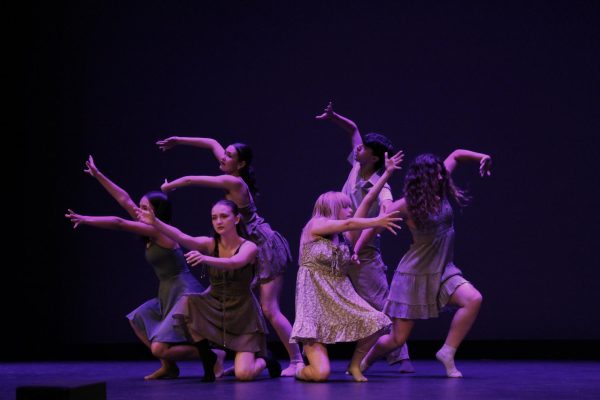Tick Tock on the Parents’ Clock
“It is unlawful for any minor under the age of 18 years to remain in any public place, or any private business open to the public, between the hours of 10:00 p.m. on any day and sunrise of the immediately following day” – California Law 9.72.010, Curfew.
As a result of minors’ fewer consequences for breaking the law, the law’s importance has shrunk for many adolescents. Rebellious children believe that the trouble they might cause while trying to entertain themselves is nothing serious, and just a nuisance. However, the older a teenager gets, the amount of responsibility, trust, and obedience expected from them continues to increase.
But where does the jurisdiction of parents overrule that of California’s legal code?
Through conversations with parents of San Luis Obispo County teenagers and young adults, it’s clear that safety will always be a parents’ priority.
The general public perspective of the curfew’s necessity is made clear through three interviews with parents from San Luis Obispo County. Linda Keith, a resident of Arroyo Grande, has established roots in her community since her teenage years. She and her husband raised Arroyo Grande High School alumni Chase and Reagan Keith. When the two students were in high school, their parents enforced a curfew dependent on the specific locations and situations their children were in.
“I would say that we were kind of loose [with enforcing a curfew], but [in being enforced] would depend on what [our kids] were doing and who they were doing it with,” Keith said.
The standard curfews were within a general range between 10:00 PM to midnight.
The rules shifted a bit for friends of the family, however.
“If it was with a family that we knew and the parents were going to be there they might get a later curfew,” Keith said.
“If[Chase or Regan] were going out with people we didn’t know or doing something that we were you know[unfamiliar with], they may have an earlier curfew, or if they had a big test the next day,” Keith said.
With regards to eligibility to leave at all, the teens were permitted to go out with friends if they “had their things done” Keith said.
The Keiths created a plan that balanced social and academic well-being with their children’s safety.
Jen Philson and her family have a very similar dynamic. The Philsons are from Nipomo, with children aged 15, 16, and 20. The Philsons’ natural curfew ranges between 11 pm to midnight.
However, because the teens both attend school in Santa Maria and can drive, the curfew varies.
“I might let [Jeremiah (16)] be home a little bit later; just knowing that he’s trying to be responsible and get people home [as well],” Philson said.
Their family is on a child-to-child basis of how often communication is ensured. “With Jeremiah, I would check in once, and then when he got home I would check in with him…With Josilyn sometimes I check on more because there are more things I need to make sure going okay with her,” Jen Philson said.
All around, many variables come into play when making parental decisions. The Philsons’ concerns are different for each child. Even though they were raised the same, their children are individuals with different personalities and needs.
The Luchetta family is from San Luis Obispo. All three of their daughters are attending or alumni of San Luis Obispo High School.
Their family dynamic is a bit different from the Philsons and Keiths in the way that they do not have a set family curfew because two of the daughters are old enough to decide upon their own actions.
“My first child never went out so she never she never needed a curfew,” Luchetta said.
Her oldest and youngest children were complete contrasts.
“Sam, [the youngest], was the first of mine that I would say is your normal “typical teenager” that likes to go out with friends and needs a curfew,” S. Luchetta said.
In terms of a rigid curfew, “[It could potentially] encourage a much less desirable situation than going to sleepover at somebody else’s house that doesn’t have rules and doesn’t have curfews” Shae L. said.
The student opinion and curfew policies of Arroyo Grande varied in opinion as well. As students grow older, their curfew times push later into the night.
Generally, most don’t go out on the weekends or if they do, “I just need to be near my house, it’s almost sketchy at that time” Gregory Wattkins (‘25) said.
Students believed that a curfew should be set somewhere between sunset and midnight.
The general purpose of a curfew is to keep children safe, and factors such as location, communication, and trust between parent and child all change the rules that actually get enforced.
Generally, as the students’ and parents’ opinions differ, it’s important to note that all circumstances are different. Realistically, when taking into account the family dynamic, extracurricular activities, and parental opinions of students, it is found that though the law is a prevalent basis for curfews, residents of San Luis Obispo county believe curfews should be set on a person-to-person basis.

Jade Webber is a Junior at Arroyo Grande High School. She is very interested in international travel and playing soccer. She listens to a wide variety...










